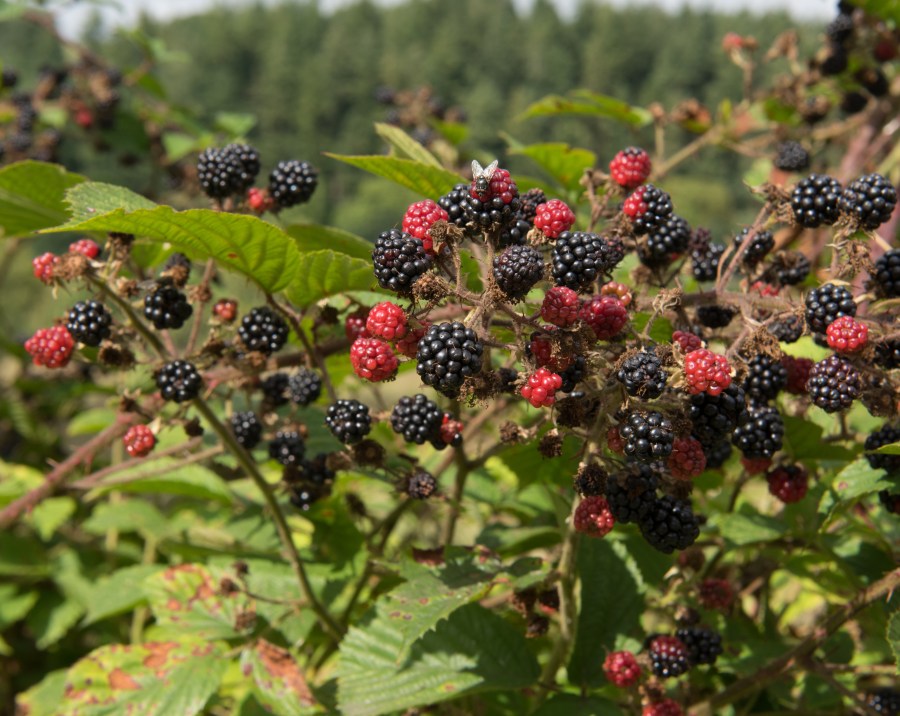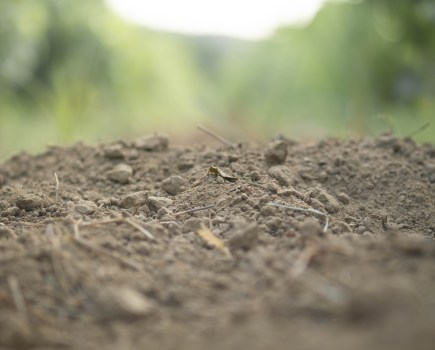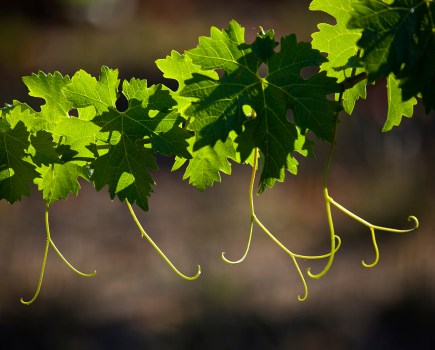Warm conditions resulted in some significant Spotted Wing Drosophila issues in many vineyards last year, and all indications suggest the pressure is remaining high as we head towards the harvest period.
The mild winter of 2023/24, followed by warmth and humidity this spring, proved favourable for overwintering flies, with winter mortality likely to have been much lower than normal as a result. Added to that, we have not (yet) seen the high temperatures (>32°C) that are needed to stop SWD breeding, so there has been little to prevent an already high population from building further.
Indeed, surveying in the soft fruit sector this summer shows trap accounts at times to have been the highest they have ever been.
We know red-skinned varieties are generally more at risk given that female SWD are attracted to the redness, however white varieties are also vulnerable as sugar levels rise. Thin skinned, turgid varieties are particularly susceptible, so the likes of Pinot Noir and Pinot Meunier may be at greatest risk, although others are by no means immune.
What can be done?
In previous years, WineGB has sought Emergency Authorisation for the cyantraniliprole-based insecticide Exirel for use on wine grapes to help tackle SWD, but given the high cost of this process, it will not be doing so this year.
Chemistry-wise, that limits our options to two, in spinosad and lambda-cyhalothrin. Both are for adult control only and are best used from veraison onwards, depending on numbers detected in monitoring trap catches.
Remember though, that a minimum harvest interval applies to the use of both products; 14 days in the case of spinosad and seven days for lambda-cyhalothrin, so this must be considered if planning to treat crops close to harvest. This sometimes causes a dilemma between deciding whether to treat affected crops and then wait to harvest them, or not to treat and pick early before problems get any worse.
In some situations, it may be better to pick slightly early, rather than leave bunches that may already be compromised in some way, and therefore at risk of further damage or deterioration. That decision ultimately depends on the state of ripeness, target market, availability of pickers, winery capacity, and SWD pressure at the time.
When assessing risk and the need for treatment, it is worth monitoring numbers recorded in other local trap counts, as well as the historical incidence of SWD at your site. But crucially, keep a close eye on grapes as they ripen, and treat if necessary. Sometimes, the first thing less experienced growers notice is the smell of acetic acid from sour rot that has taken hold after SWD infection, but by that time the damage is done.
Cultural controls
Blackberries are a known wild host for SWD, so it is well worth checking hedges around the perimeter of the vineyard for signs of larvae. Find them there and it is highly likely adults will be in the vineyard too. Managing brambles can help reduce the pressure, but by this stage in the season it may be a little late to make a significant difference.
As mentioned, SWD favour humid conditions, so improving airflow around vines and bunches can lower humidity and help reduce risk. Consider all ways of doing this, including cutting vegetation in alleyways and the undervine strip, and stripping leaves around the bunches, which also aids ripening.
Monitor numbers
Precision monitoring with Drosal® traps at eight metre intervals around the perimeter of the vineyard is worthwhile, and should ideally be a year-round process. The lure in traps could well be more appealing to SWD in the winter months when there are few other alternative foods around.
Indeed, from veraison onwards, it is possible fewer flies will be caught in traps, not because there are less SWD present, but simply because there are more attractive food sources available in the form of ripe grapes, or hedgerow fruit, such as blackberries.
Some growers may worry that placing traps containing an attractant will attract more SWD to the vineyard, however that is very unlikely as lures are not effective over a large distance, so are only ever likely to attract the local population.
For more like this, sign up for the FREE Vineyard newsletter here and receive all the latest viticulture news, reviews and insight




